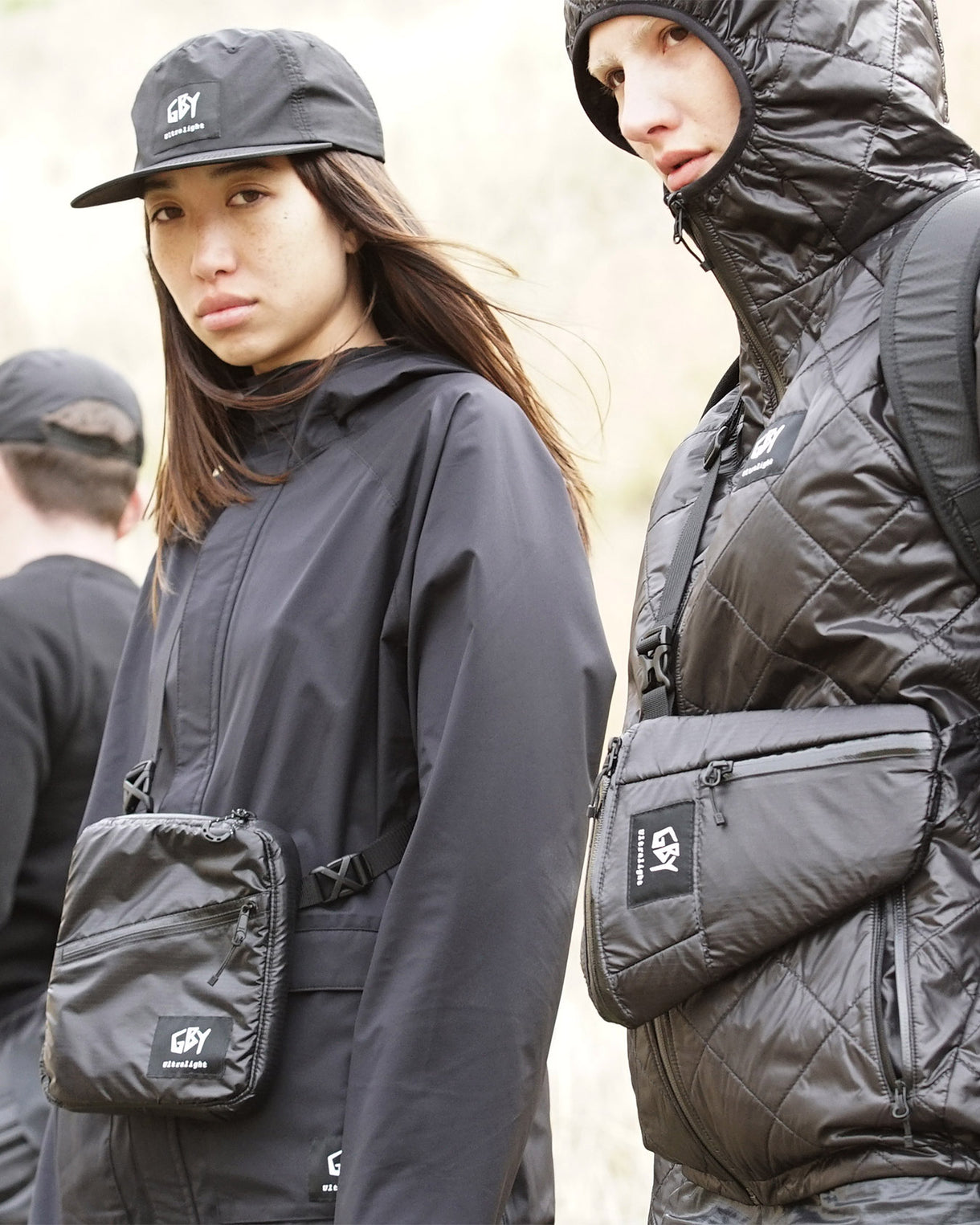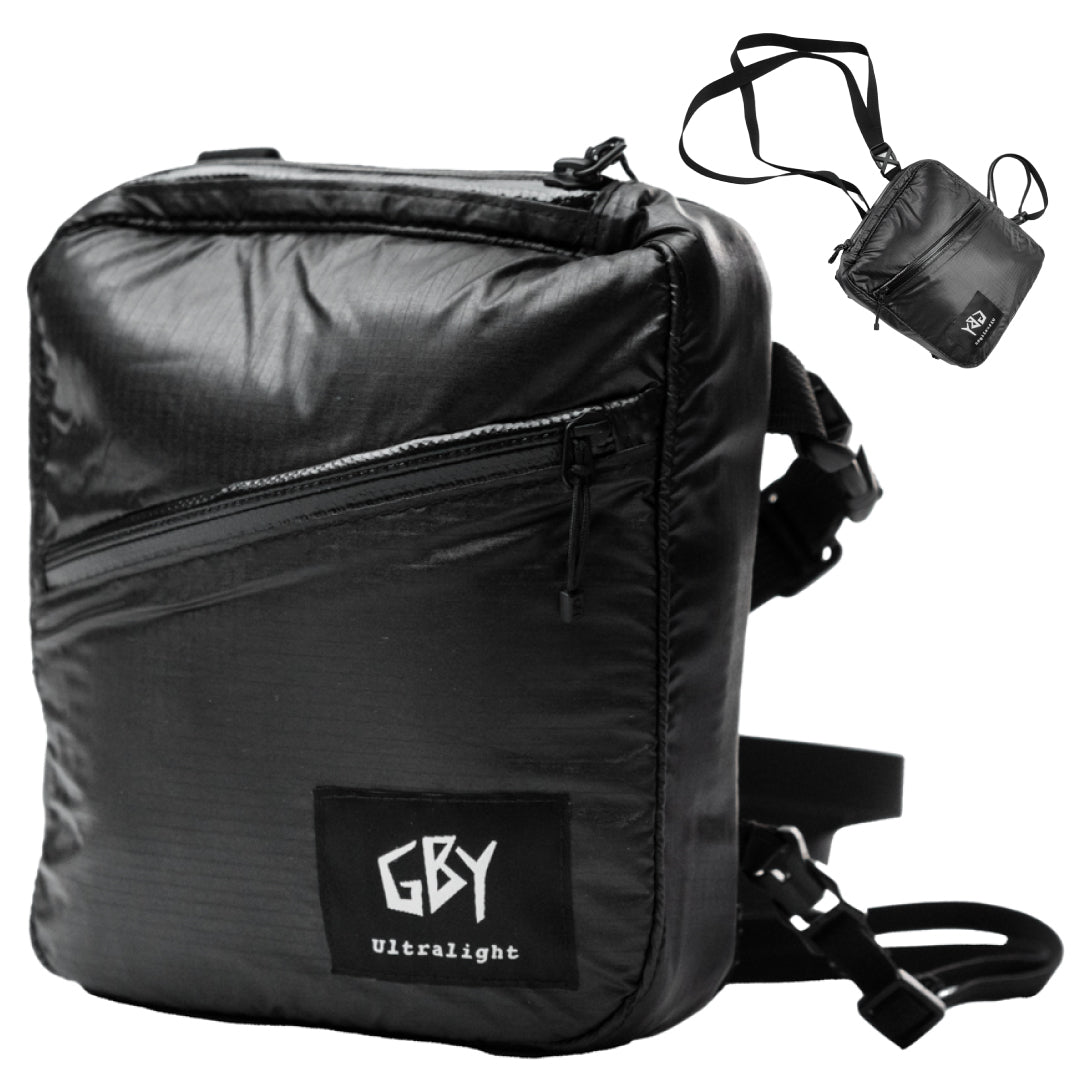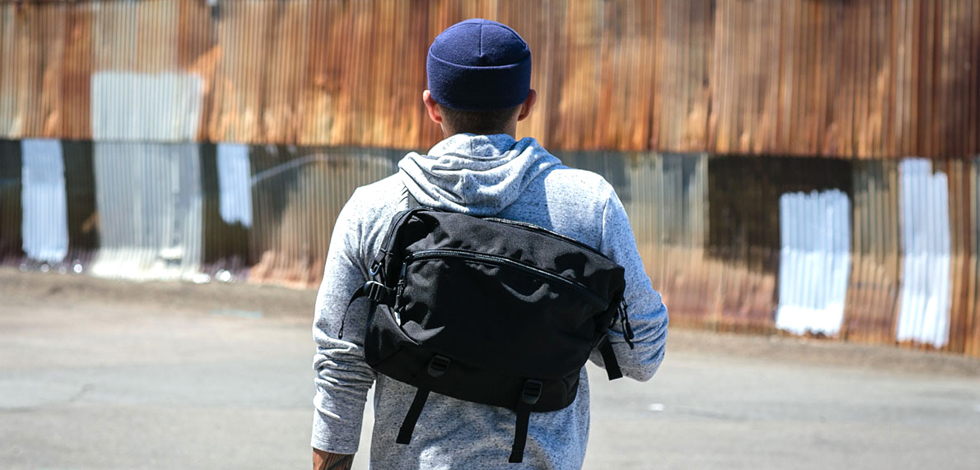Introduction
In a world of overstuffed backpacks and cluttered handbags, carrying less is a radical act. Whether you're commuting across town, working from a café, or heading out for errands, an ultralight everyday bag can transform how you move—offering function without drag, style without excess.
These bags aren't just about minimal weight—they're deliberate design decisions that support mobility, reduce mental clutter, and let your essentials breathe. In this post, we’ll highlight top ultralight bag types, key design criteria, and actionable tips so you can choose a bag you’ll truly love carrying every day.

Why Choose an Ultralight Everyday Bag? (H2)
-
Less fatigue, more ease. Every ounce saved adds up across daily walks, transit rides, and vertical climbs.
-
Sharper daily decision-making. Fewer pockets, fewer extras, clearer priorities.
-
Seamless crossover use. A well-designed bag works for both city life and light travel.
-
Lifestyle alignment. Carrying light reflects values—efficiency, clarity, intention.
Urban minimalists, digital nomads, and commuters all benefit when their carry is intentional, not accidental.
Ultralight Everyday Bag Types to Consider (H2)
Here are some versatile bag styles worth exploring:
Cross-Body & Sling Bags
Compact and flexible, ideal when you need quick access without bulky dimensions. Many city dwellers prefer a sling that adjusts to chest or back carry.
Lightweight Day Packs
Bigger than a sling, yet still agile. Great for when your day includes extra items like a jacket, notebook, or small tech gear.
Utility Bags & Pouches
Slim, modular, and often used in conjunction with larger bags. Use them for organizing electronics, small tools, or essentials.
Convertible or Hybrid Bags

Cross-body that can become a pack, or totes with detachable straps. Offers adaptability without carrying multiple bags.
On the GBY Ultra homepage you’ll see their “Ultralight Bags” offerings (e.g. Laptop Day Pack, Cross-Body Bags) as examples of how they combine minimalism and function. GBY Ultralight
What Makes a Bag Truly Ultralight & Everyday-Ready (H2)
To avoid gimmicks or weak design, here are features you should prioritize when evaluating ultralight everyday bags:
H3: Material & Construction
-
High-tenacity ripstop nylon is a staple: strong, light, and tear-resistant.
-
Reinforced zones at corners, bottom panels, and high-friction edges help durability.
-
Water-resistant coatings or lamination protect your gear in rain or humid cities.
-
Stitching methods—bartacks, bound seams, taped edges—make a difference over time.
H3: Smart Internal Layout
-
Limit to 1–2 main compartments.
-
Use internal pockets or sleeves for documents, phone, or small gear.
-
Avoid excessive segmentation; every pocket adds weight whether used or not.
H3: Carrying Hardware
-
Slim shoulder straps with shape retention help comfort without bulk.
-
Optional sternum/clip straps stabilize movement in crowded or active settings.
-
Back panels should balance breathability and comfort.
H3: Compactness & Flexibility
-
The ability to flatten or collapse when lightly loaded is underrated.
-
Compression webbing or straps help reduce slack.
-
Modular parts (removable pouches or sleeves) keep it adaptable.
Top Ultralight Everyday Bags You’ll Love (Examples & Criteria) (H2)

While exact models depend on market and stock, here’s what to look for—and some inspiration:
-
GBY Ultra Cross-Body Bags & Sling Bags: These are among the lightest waterproof, well-finished everyday carry bags offered on their site. GBY Ultralight
-
GBY Ultra Laptop Day Pack: Although a day pack, it’s engineered with urban carry in mind—lightweight, sleek, and protective.
-
Cross-brand reference: Many ultralight backpacks use Dyneema Composite Fabrics (DCF) for serious strength at low weight (Hyperlite uses this in technical packs) Hyperlite Mountain Gear
-
Folding ultralight bags: Some urban bags fold into their own small pouch when not used—great for fluctuating load days Reddit
As you evaluate, ask: “Does every stitch, panel, and pocket earn its weight?”
How to Put It to Use: Tips for Daily Carry (H2)
Here are practical strategies to keep your ultralight everyday bag effective:
-
Light contents only. Carry essentials—phone, wallet, keys, a small notebook, perhaps a thin jacket.
-
Modular gear systems. Use a slim utility pouch for tech (cables, power bank, small adapters).
-
Wear bulkier items. If you carry a jacket or scarf, wear them when commuting or moving.
-
Load smart. Place heavier items close to your body’s center to reduce strain.
-
Empty daily. At day’s end, remove unused items. Over time, your routine will refine itself.
-
Rotational use. If you have multiple bags (e.g., one for errands, one for work), rotate them to distribute wear.
For reference, ultralight hiking gear experts suggest packing lean and auditing what you carry often—for both backcountry and urban contexts. Halfway Anywhere
Key Takeaways
-
Ultralight everyday bags combine mobility, elegance, and utility—ideal for urban minimalists, commuters, and travelers.
-
Focus on materials, smart layout, carry systems, and structural integrity over flashy features.
-
Use disciplined packing: modular pouches, light load, smart wear strategies.
-
When every component is intentional, everyday life becomes lighter—physically and mentally.
Ready to experience truly intentional carry? Explore the GBY Ultra collection of ultralight everyday bags and discover your ideal everyday companion that supports both form and function.








